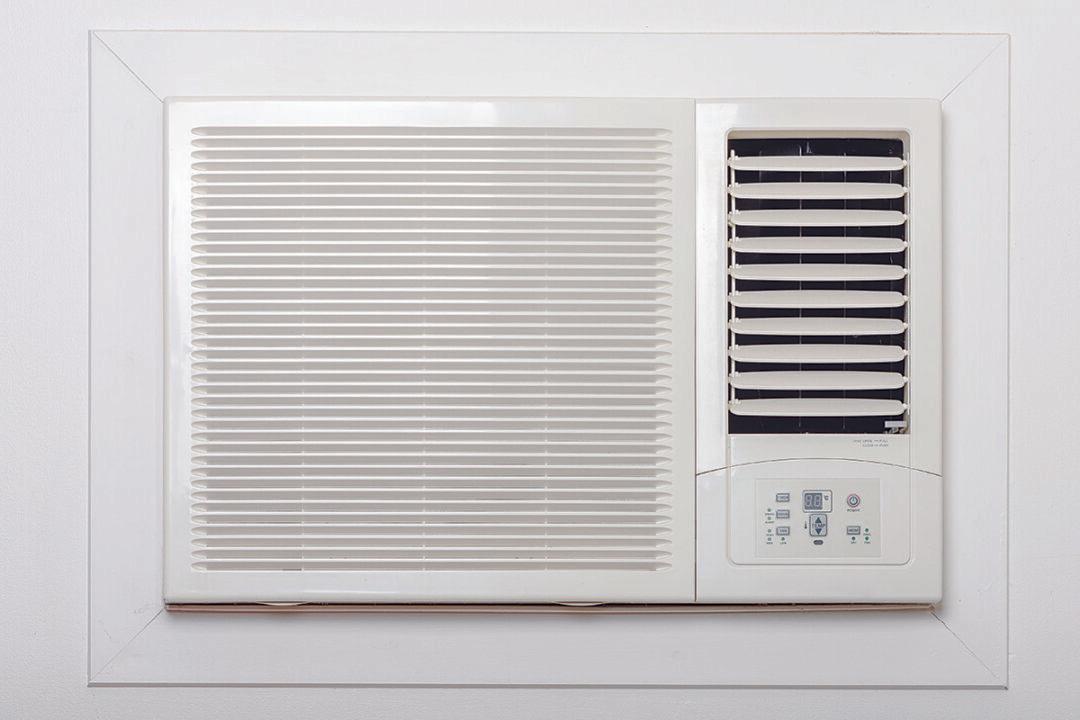Have you already started running your air-conditioning to tackle the increasingly humid heat?
According to Hong Kong Energy End-Use Data of the Electrical and Mechanical Service Department of Hong Kong (EMSD), nearly 40 percent of the total residential electricity consumption in 2020 was used for air conditioning.




